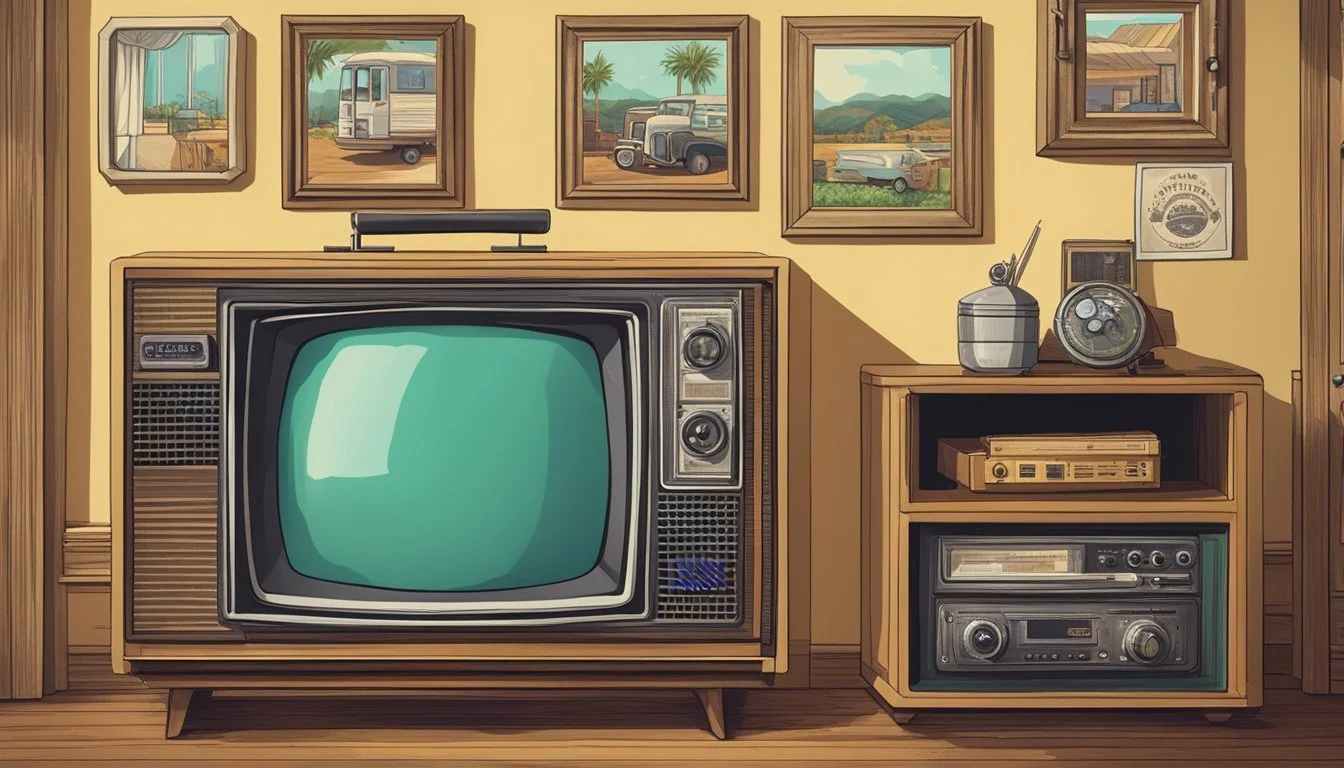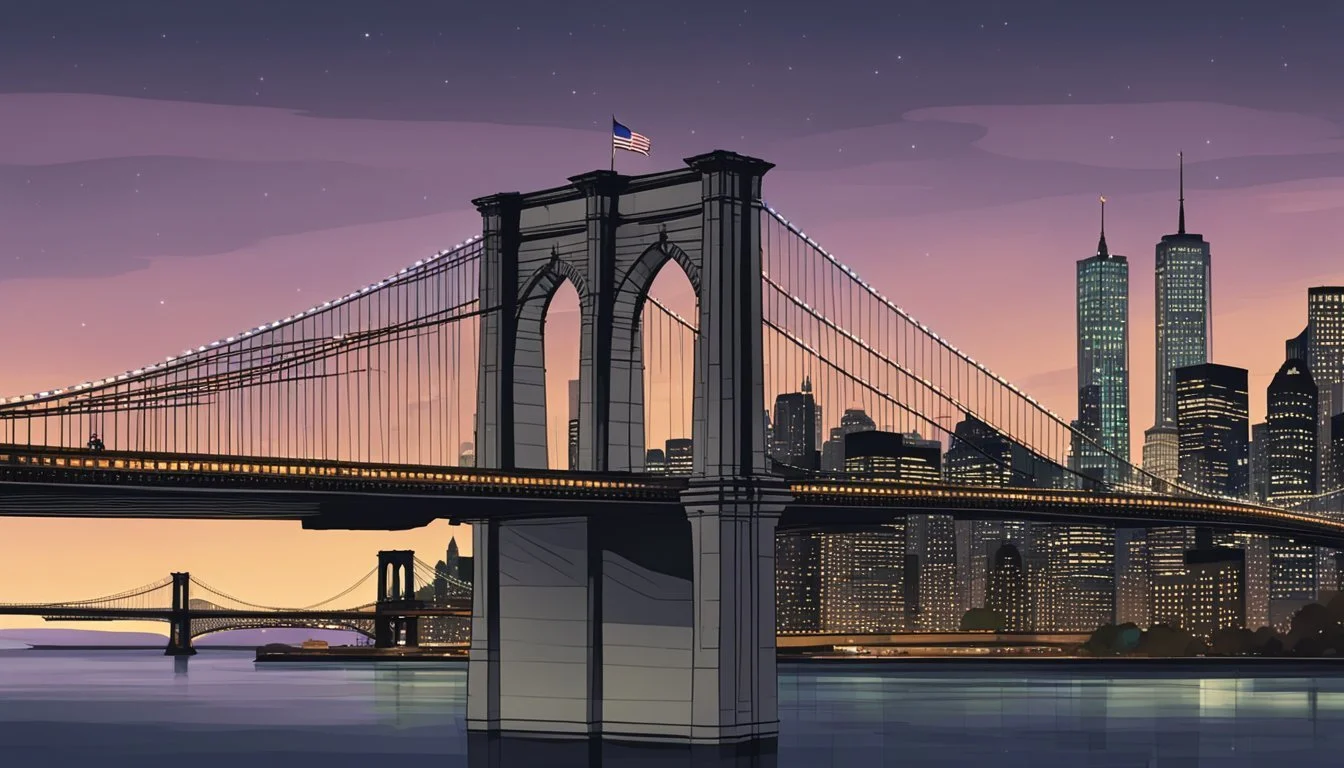Top Documentaries of 1981
Essential Viewing for Film Enthusiasts
The year 1981 marked a significant period for documentary filmmaking, with several influential and groundbreaking works emerging. These documentaries explored diverse subjects, from social issues to music and cultural phenomena, capturing the zeitgeist of the early 1980s. Many of the documentaries released in 1981 continue to resonate with audiences today, offering valuable insights into the era and its enduring impact on society.
The documentaries of 1981 showcased a range of styles and approaches, from cinéma vérité to more experimental forms. Filmmakers employed innovative techniques to tell compelling stories and shed light on important topics. These works not only entertained audiences but also served as powerful tools for education and social commentary.
1) Koyaanisqatsi (1982)
Koyaanisqatsi is a groundbreaking American experimental documentary film directed by Godfrey Reggio. It features a mesmerizing visual journey accompanied by Philip Glass's iconic minimalist score.
The film eschews traditional narrative structure, instead relying on powerful imagery to convey its themes. Through a series of slow-motion and time-lapse sequences, Koyaanisqatsi explores the relationship between nature, humanity, and technology.
Ron Fricke's cinematography captures stunning landscapes and urban scenes across the United States. The film juxtaposes serene natural vistas with frenetic cityscapes, highlighting the contrast between untouched wilderness and human-altered environments.
Koyaanisqatsi's title comes from the Hopi language, meaning "life out of balance." This concept is central to the film's exploration of modern civilization's impact on the natural world.
Despite its unconventional approach, Koyaanisqatsi has left a lasting impression on documentary filmmaking. It spawned two sequels and influenced numerous other non-narrative visual works.
2) Burden of Dreams (1982)
Burden of Dreams offers a captivating glimpse into the chaotic production of Werner Herzog's Fitzcarraldo. Directed by Les Blank, this documentary chronicles Herzog's ambitious attempt to haul a steamship over a mountain in the Peruvian Amazon.
The film showcases Herzog's unwavering determination in the face of seemingly insurmountable obstacles. From difficult actors to treacherous weather conditions, the production faced numerous setbacks that tested the limits of the crew's endurance.
Blank's intimate footage captures Herzog's eccentric personality and his complex relationship with actor Klaus Kinski. Their volatile interactions provide a fascinating subtext to the already tumultuous production.
Burden of Dreams goes beyond simply documenting the filmmaking process. It explores themes of obsession, artistic vision, and the clash between Western ambition and indigenous cultures.
The documentary received critical acclaim for its unflinching portrayal of Herzog's struggles and the ethical questions raised by his methods. It remains a compelling study of artistic determination and the toll of pursuing grand cinematic visions.
More information on Burden of Dreams
3) The Changin' Times of Ike White (2020)
The Changin' Times of Ike White tells the remarkable story of a musical prodigy serving a life sentence for murder. In the early 1970s, Ike White honed his musical talents behind bars, creating an album that would become his ticket to freedom.
Director Daniel Vernon's documentary explores White's journey from prison to potential stardom. The film showcases White's exceptional skills and the creation of his album "Changin' Times" in 1976, recorded using a mobile studio brought into the prison.
After his release, White disappeared from the public eye, adopting a new identity. Vernon's film uncovers White's life in hiding and the untold story he kept secret for decades.
The documentary combines archival footage, interviews, and White's music to paint a complex portrait of talent, redemption, and reinvention. It offers a unique glimpse into the American justice system and the power of artistic expression.
More information on The Changin' Times of Ike White
4) The Killing of America
The Killing of America stands out as a controversial documentary from 1981. Directed by Sheldon Renan and Leonard Schrader, this film offers a raw look at violence in the United States.
The documentary uses archival footage to explore various forms of violence, including serial killings, assassinations, and mass shootings. It presents a stark portrayal of American society's darker aspects.
Critics both praised and condemned the film for its graphic content. Some viewed it as an important commentary on societal issues, while others criticized it as exploitative.
Originally released in Japan, the film gained attention for its unflinching approach to depicting real-life violence. It features interviews with law enforcement officials and incorporates news footage of significant events.
The Killing of America remains a topic of discussion among documentary enthusiasts and social commentators. Its impact continues to resonate decades after its initial release.
5) Vernon, Florida
Vernon, Florida (1981) is a documentary film directed by Errol Morris. It explores the eccentric residents of the small town of Vernon in the Florida panhandle.
Morris initially intended to focus on insurance fraud in the area, but shifted his approach to capture the unique personalities and stories of the townspeople. The film features interviews with various local characters.
Subjects include a turkey hunter, a worm farmer, and a man obsessed with growing large vegetables. Their quirky perspectives and unusual hobbies paint a vivid portrait of rural American life.
The documentary employs Morris's signature style of allowing subjects to speak directly to the camera. This approach highlights the distinct voices and worldviews of Vernon's residents.
Vernon, Florida received critical acclaim for its humorous and empathetic portrayal of small-town life. It solidified Morris's reputation as an innovative documentarian following his debut film Gates of Heaven.
More information on Vernon, Florida
6) Southern Comfort
Southern Comfort (1981) is a gripping action-thriller directed by Walter Hill. The film follows a squad of Louisiana National Guardsmen on a training exercise in the bayou.
When the soldiers steal boats from local Cajuns, they find themselves in a dangerous game of cat and mouse. The hostile swamp environment becomes a character in itself, adding to the tension.
Keith Carradine and Powers Boothe deliver strong performances as soldiers trying to survive. The film's atmospheric score by Ry Cooder enhances the eerie mood throughout.
Southern Comfort explores themes of cultural misunderstanding and the consequences of reckless actions. It draws parallels to the Vietnam War, commenting on American military interventions.
The film's realistic portrayal of the Louisiana bayou and its inhabitants adds authenticity. It received praise for its taut direction and compelling performances.
More information on Southern Comfort (1981)
7) Eijanaika (1981)
Eijanaika is a historical drama film directed by Shohei Imamura. Set in Japan during the tumultuous period of 1866-1867, the movie portrays the social and political upheaval leading to the Meiji Restoration.
The film follows a man who returns to Japan after exile in America, searching for his wife. He becomes entangled in the revolutionary fervor sweeping the country.
Imamura's work captures the chaotic atmosphere of the era through vivid depictions of street festivals and political unrest. The title "Eijanaika," meaning "Why not?", reflects the spirit of abandon that gripped Japan during this time.
The movie culminates in a raucous march on the Tokyo Imperial Palace, which tragically turns into a massacre. This powerful scene encapsulates the tension between celebration and violence that characterized the period.
Eijanaika showcases Imamura's signature style of focusing on ordinary people caught up in historical events. The film offers a unique perspective on a pivotal moment in Japanese history.
8) Brooklyn Bridge
Ken Burns' directorial debut "Brooklyn Bridge" (1981) offers a captivating look at the construction of New York's iconic landmark. This documentary explores the engineering challenges and human stories behind the bridge's creation.
The film chronicles the vision of John Roebling and the tragic accident that led to his son Washington taking over the project. It details the innovative techniques used to build the massive stone towers and suspend the bridge's cables.
Burns employs his signature style of using archival photographs and expert interviews to bring history to life. The documentary features narration by David McCullough and commentary from notable figures like Arthur Miller and Kurt Vonnegut Jr.
"Brooklyn Bridge" showcases the determination and ingenuity of 19th-century engineers and laborers. It highlights the bridge's transformation from an ambitious construction project to a beloved symbol of American progress and achievement.
The film received critical acclaim and an Academy Award nomination for Best Documentary Feature. It marked the beginning of Burns' illustrious career in historical documentaries.
9) Urgh! A Music War (1981)
Urgh! A Music War captures the vibrant energy of the early 1980s music scene. This documentary showcases live performances from a diverse array of punk, new wave, and reggae acts.
Filmed across multiple locations including London, New York, and Los Angeles, the movie features no narration or explanatory text. Instead, it lets the music speak for itself through electrifying concert footage.
Notable artists appearing in the film include The Police, XTC, UB40, and Wall of Voodoo. The documentary serves as a time capsule, preserving the raw talent and innovation of these emerging acts.
Directed by Derek Burbidge, Urgh! A Music War provides a snapshot of a pivotal moment in music history. It offers viewers a front-row seat to the evolving sounds and styles of the era.
The film's unfiltered approach allows audiences to experience the authentic atmosphere of these performances. It remains a valuable resource for music enthusiasts and cultural historians alike.
10) Powers of Ten (1977)
Powers of Ten is a groundbreaking documentary short film directed by Charles and Ray Eames. It takes viewers on a visual journey across the universe, spanning cosmic and atomic scales.
The film begins with a picnic scene in a Chicago park. It then zooms out exponentially, expanding the view by powers of ten every ten seconds. This continues until it reaches the edge of the observable universe.
After reaching the outer limits, the camera reverses direction. It zooms back in, passing through galactic and planetary levels. The journey ends by delving into the subatomic world of a carbon atom.
Powers of Ten showcases the relative size of objects in the universe. It effectively demonstrates how vast and interconnected our reality is. The film's innovative approach to scale has made it a classic in science education.
The documentary's impact extends beyond its initial release. It was selected for preservation in the United States National Film Registry by the Library of Congress. This recognition highlights its cultural and educational significance.
Learn more about Powers of Ten
Impact on Documentary Filmmaking
The documentaries of 1981 introduced innovative techniques and styles that would shape the genre for years to come. These films expanded the boundaries of non-fiction storytelling and inspired future generations of filmmakers.
Introduction of New Styles
1981 saw documentaries experimenting with new narrative approaches and visual techniques. Films like "The Day After Trinity" blended archival footage with dramatic reenactments, creating a hybrid style that would become more prevalent in later years.
"Vernon, Florida" by Errol Morris showcased his unique interviewing style, using long takes and allowing subjects to speak directly to the camera. This approach gave viewers a more intimate connection with the film's characters.
Some documentaries of 1981 incorporated animation and graphics to explain complex concepts. This technique, while not entirely new, was refined and would become a staple in many future documentaries.
Influence on Future Filmmakers
The documentaries of 1981 served as inspiration for aspiring filmmakers, demonstrating the power of non-fiction storytelling. Many directors who would later become prominent in the field cited these films as influential to their work.
The success of certain 1981 documentaries at film festivals and in limited theatrical releases showed that there was an audience for thought-provoking non-fiction films. This encouraged more filmmakers to pursue documentary projects.
Technical innovations in portable camera equipment and editing systems made documentary filmmaking more accessible. This democratization of the medium would lead to a boom in independent documentaries in the following decades.
Notable Directors and Producers
Several talented filmmakers and production companies made significant contributions to documentaries in 1981. Their innovative approaches and compelling subjects helped shape the documentary landscape of the early 1980s.
Pioneering Filmmakers
Harry Rasky directed the Canadian documentary "Being Different" in 1981. The film, adapted from Leslie Fiedler's book "Freaks: Myths and Images of the Secret Self," explored the lives of individuals with unique physical characteristics. Rasky's work highlighted people with dwarfism, amputees, and conjoined twins.
Barbara Kopple gained recognition for her labor-focused documentaries. Her 1976 film "Harlan County, USA" set the stage for her continued work in the early 1980s, solidifying her reputation as a socially conscious filmmaker.
Renowned Production Companies
The National Film Board of Canada (NFB) played a crucial role in documentary production during this period. Known for its commitment to social issues and innovative techniques, the NFB supported numerous influential documentaries in 1981.
PBS's flagship series "Frontline" launched in 1983, but its development began in the early 1980s. The groundwork laid in 1981 contributed to the creation of this long-running investigative documentary program, which would go on to produce many acclaimed films.
BBC's documentary unit continued its tradition of high-quality productions in 1981. Their focus on historical and cultural subjects provided viewers with in-depth explorations of various topics.







